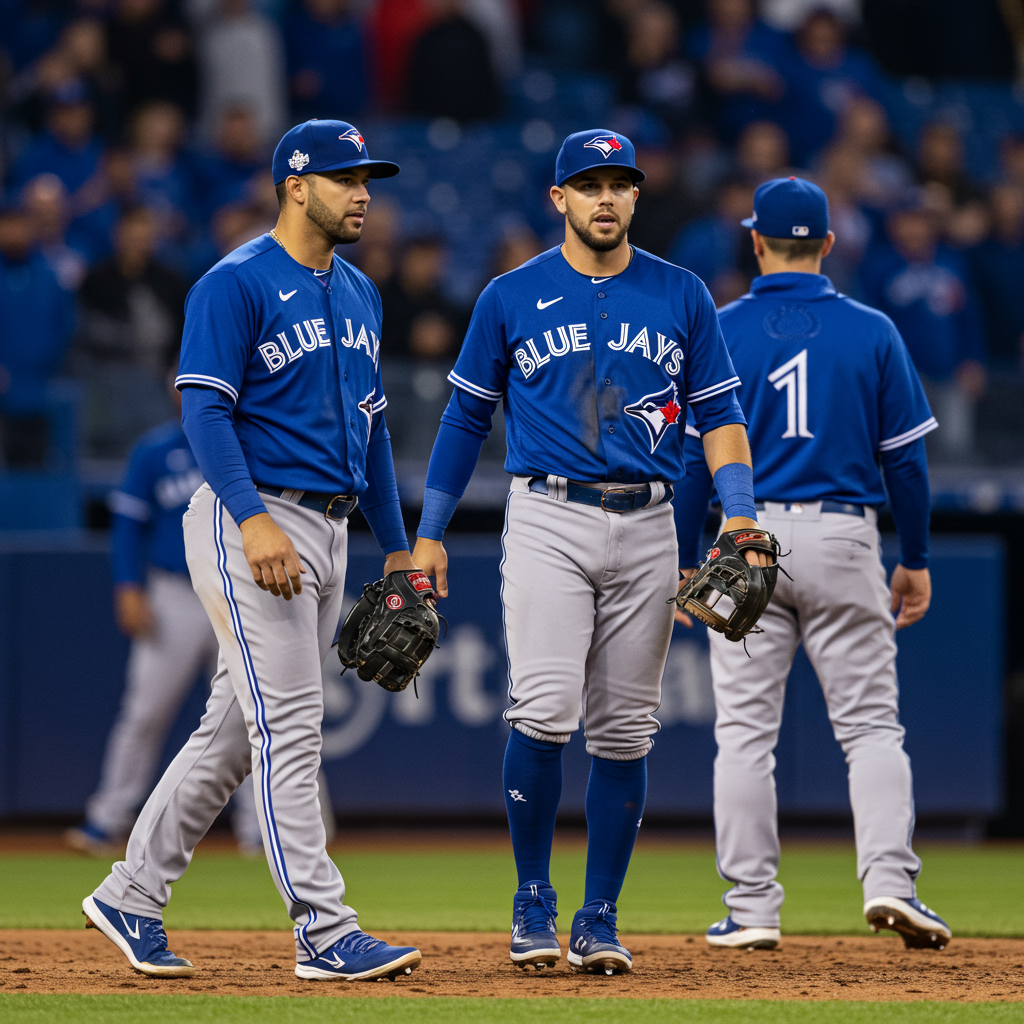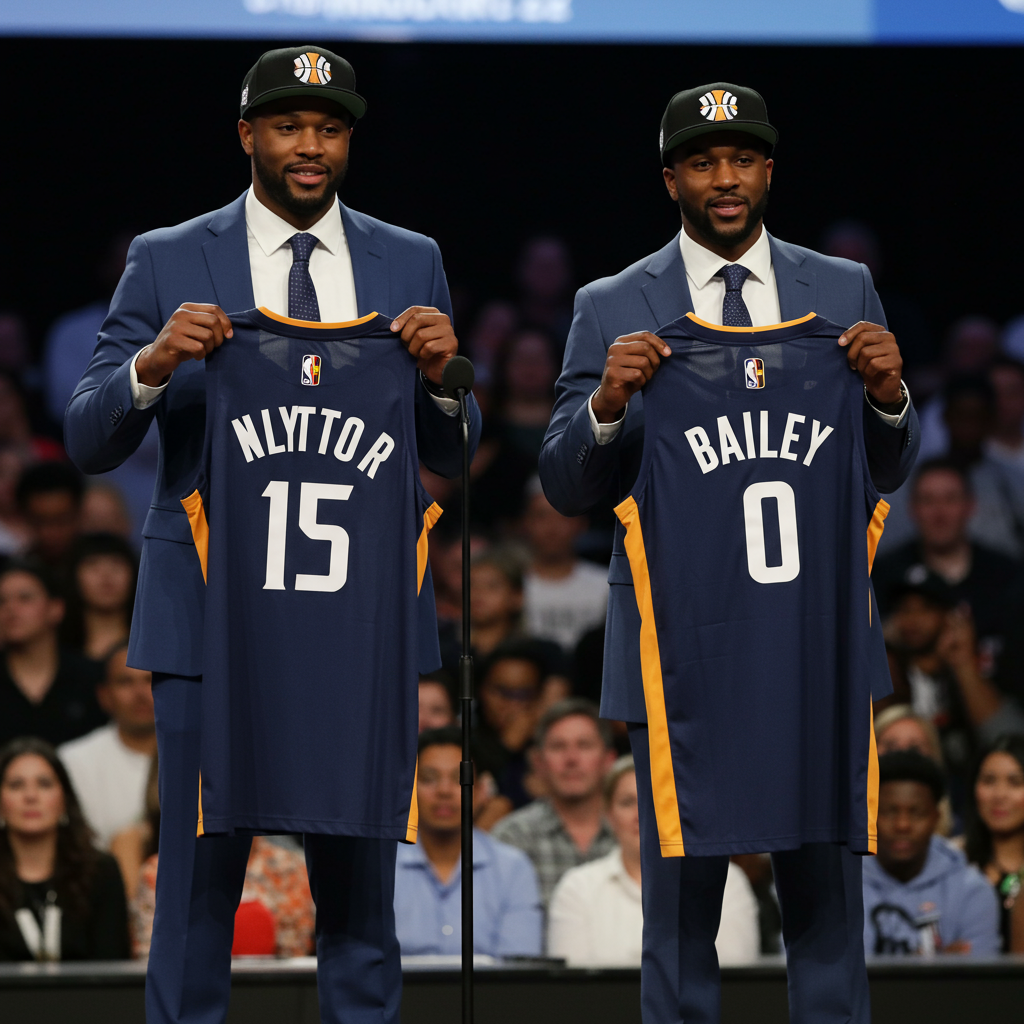The Toronto Blue Jays have mastered the art of high-stakes composure, consistently proving that a relaxed mindset can be a championship-winning strategy. Even as World Series pressure intensifies, this resilient squad maintains a remarkably loose clubhouse atmosphere, delivering stunning comebacks and defying expectations. Their recent 6-2 triumph over the Los Angeles Dodgers in Game 4 showcased this unique approach perfectly, leveling the series despite an exhausting 18-inning loss just hours before. This pivotal victory not only displayed their grit but ensured the series returns to Toronto, bringing their first championship in 32 years within tantalizing reach.
The Game 4 Turning Point: A Masterclass in Mental Fortitude
Game 4 of the World Series was a true crucible for the Blue Jays. They faced the daunting task of recovering from an emotionally draining 18-inning defeat. Compounding the challenge, they had to confront pitching and hitting phenom Shohei Ohtani, all while playing without veteran leader George Springer. Yet, Toronto approached the night with an almost casual confidence, treating it as just “Game No. 177” of their season. This unflappable attitude proved instrumental in navigating an array of obstacles, transforming potential setbacks into opportunities.
Right-hander Chris Bassitt encapsulated the team’s philosophy, stating, “We just have a play style we’re willing to die for.” This unwavering commitment to their unique brand of baseball fuels their ability to perform under the most intense scrutiny. The Dodgers’ formidable lineup and Ohtani’s two-way threat were significant hurdles, yet the Jays navigated them with a calm that belied the circumstances, turning a high-pressure scenario into another routine win.
Conquering Adversity: Key Game 4 Moments
Toronto’s victory was built on a series of clutch individual performances. Stepping into the leadoff spot for the injured Springer, Nathan Lukes immediately made an impact, singling twice off Ohtani. Vladimir Guerrero Jr. moved to the No. 2 position and delivered a crucial two-run homer off Ohtani in the third inning, seizing a 2-1 lead. Bo Bichette, playing through a sprained left knee that sidelined him for nearly seven weeks, also contributed a walk and an RBI single, showcasing his vital determination.
On the mound, Shane Bieber delivered a monumental performance. Just 18 months post-Tommy John surgery, Bieber held the Dodgers to one run over 5 1/3 innings. Despite admitting he didn’t have his best slider, he masterfully mixed his pitches—fastballs, cutters, knuckle curves, sliders, and changeups—to keep Dodger hitters off balance. This was arguably the biggest start of his career, a testament to his recovery and the team’s trust. His composure under pressure mirrored the collective spirit of the Blue Jays.
Beyond the Box Score: Toronto’s Unique Clubhouse Culture
The Blue Jays’ resilience isn’t just about on-field execution; it’s deeply rooted in their unique, relaxed clubhouse culture. Before Game 4, some players casually played video games in the visiting clubhouse at Dodger Stadium. This scene unfolded just hours after their marathon loss, demonstrating a profound ability to compartmentalize and reset. Right-hander Kevin Gausman, a seasoned veteran who has played for five different clubs, remarked, “This is the loosest team I’ve ever been around. Nothing changed.” This consistent atmosphere, free from panic, fosters mental agility and keeps players focused on the present moment.
This isn’t a new phenomenon. Manager John Schneider noted this distinctive vibe emerged in spring training. The level of care and support Schneider and his coaching staff provide also strengthens team bonds. Players feel valued, which translates into a willingness to risk it all for the collective goal. This supportive environment allows individual anxieties to dissipate, reinforcing the collective belief in their “play style.”
The “Old-School” Philosophy: A Foundation for Success
The Blue Jays proudly embrace an “old-school” baseball philosophy, a strategy that has paid dividends all season. This approach prioritizes strong defense and an offense that “grinds down opposing starters,” leading the majors in comeback victories. Their hitters rarely strike out, wearing down pitchers and creating opportunities for late-game rallies. This relentless style forces opponents to execute perfectly, often leading to mistakes that Toronto capitalizes on.
Their pitching rotation, initially a point of concern, has significantly evolved. The mid-season trade for Shane Bieber, the improved health of veteran Max Scherzer, and the promotion of emerging talent Trey Yesavage (scheduled for Game 5) have solidified their staff. This blend of experience and new blood, combined with an offense designed to capitalize on fatigued pitchers, forms the core of their successful “old-school” blueprint. Max Scherzer reflected on this, noting, “You can probably go around the whole room. At some point in time, everyone has had their back against the wall. Yet we’ve come back and found a way to get outs again, go get hits, win another ballgame.”
Strategic Leadership: Schneider’s Player-Centric Approach
Manager John Schneider’s leadership plays a pivotal role in cultivating this resilient team. His decision-making extends beyond typical game management, often prioritizing player well-being and long-term success. For instance, he strategically pushed Bieber’s Game 3 start in the World Series back to Game 4. This move, allowing Bieber seven days of rest instead of six, was particularly considerate given his Tommy John recovery. It also acknowledged Bieber’s significant contributions since his deadline trade and his impending free agency.
Schneider and pitching coach Pete Walker recognized the value in being fair to Bieber. Despite his desire to pitch anytime, Bieber stated, “what’s good for me is winning a World Series. Whatever decision you make, I’m ready to go.” This mutual respect fosters intense loyalty and ensures players feel supported, empowering them to perform their best when it matters most. This kind of thoughtful management reinforces the team’s cohesive spirit and commitment.
The Cost of Commitment: Players Pushing Limits
The Blue Jays’ World Series run has seen players push their physical limits. George Springer, a designated hitter and critical veteran leader, exited Game 3 with right side discomfort. His absence from Game 4 was telling, especially given his history of playing through injuries, like a 96-mph fastball to the kneecap in the ALCS. Manager Schneider remained optimistic about Springer’s return, but the team’s depth quickly compensated for his significant loss.
Bo Bichette exemplifies this commitment. Returning from a significant knee injury, he admitted not expecting “huge progress” while playing. Yet, Bichette is “adamant about contributing,” even at less than 100 percent. He even considered the potential impact on his impending free agency, concluding, “to win a World Series, I’ll risk it all.” This extraordinary dedication, shared across the roster, highlights the intense desire to win and the belief in their team’s potential.
A Season-Long Narrative of Comebacks
The Blue Jays’ Game 4 victory was not an anomaly; it was a continuation of a season-long narrative defined by comebacks. They led Major League Baseball in comeback victories during the regular season, demonstrating their ability to rally consistently. This trend continued into the postseason:
Division Series: They dominated the New York Yankees, triumphing over aces like Max Fried and Carlos Rodón.
ALCS: They mounted a remarkable rally to defeat the Seattle Mariners, overcoming an initial 0-2 deficit at home and rebounding from a crushing Game 5 loss in Seattle.
- World Series: After Freddie Freeman’s walk-off homer in Game 3, the Jays bounced back in Game 4, showing their unparalleled ability to absorb blows and respond.
- www.nytimes.com
Shane Bieber articulated this resilience simply: “we don’t care.” He elaborated that the team is built to handle absences like Springer’s because so many players make a difference. “We established from very early on that we wanted to be an old-school team,” he said. “And it’s paid off all year. Just because we’re in the World Series doesn’t mean we’re going to change that thought. We genuinely believe in the way we play baseball.” This unwavering conviction has allowed them to consistently navigate adversity.
Building Momentum: Two Wins Away
The Game 4 triumph represented a critical turning point. It ensured the World Series would return to Toronto, guaranteeing at least Game 6 in front of their home crowd. With the series now tied, the Blue Jays are just two victories away from their first championship in 32 years. Their ability to recover from the most disheartening losses, perform under immense pressure, and seamlessly integrate new contributors speaks volumes about their collective strength and mental toughness. This team continues to absorb blows and keep fighting, embodying a truly unyielding spirit.
Frequently Asked Questions
How do the Blue Jays manage such immense pressure in the World Series?
The Toronto Blue Jays manage World Series pressure by maintaining a remarkably “loose” and relaxed team culture, treating high-stakes games as routine. As pitcher Kevin Gausman noted, it’s the “loosest team” he’s been around. This attitude allows players to compartmentalize setbacks, like the 18-inning loss before Game 4, and focus on their “old-school” play style. Manager John Schneider fosters this environment through a player-centric approach, emphasizing support and trust, which empowers individual players to perform without undue stress.
What were the key player contributions in the Blue Jays’ pivotal Game 4 victory?
In Game 4, several Blue Jays players stepped up decisively. Nathan Lukes, filling in for the injured George Springer, hit two singles off Shohei Ohtani. Vladimir Guerrero Jr. launched a crucial two-run homer off Ohtani, giving Toronto a 2-1 lead. Bo Bichette, despite playing with a knee injury, contributed a walk and an RBI single. On the mound, Shane Bieber, just 18 months after Tommy John surgery, delivered a masterful performance, allowing only one run in 5 1/3 innings to “flummox” the Dodgers.
How does the Blue Jays’ “old-school” play style influence their World Series performance?
The Blue Jays’ “old-school” play style emphasizes strong defense and an offense that rarely strikes out, aiming to grind down opposing pitchers. This approach led them in comeback victories throughout the season. In the World Series, it allows them to remain patient, wear down formidable starters like Shohei Ohtani, and capitalize on late-game opportunities. This consistent, fundamental strategy, combined with an evolving pitching rotation and a deep roster, underpins their resilience and ability to perform under pressure.
Conclusion: The Unyielding Spirit of Toronto
The Toronto Blue Jays’ World Series journey is a compelling testament to the power of resilience and a cohesive team culture. Their ability to remain “loose” when the pressure is tightest, to absorb significant losses, and to overcome injuries to key players, sets them apart. This “old-school” approach, guided by player-centric leadership and an unwavering belief in their collective style, has transformed them into a formidable force. As they stand just two wins away from their first championship in over three decades, the Blue Jays continue to demonstrate that an unyielding spirit, combined with a relaxed demeanor, can indeed conquer all.



